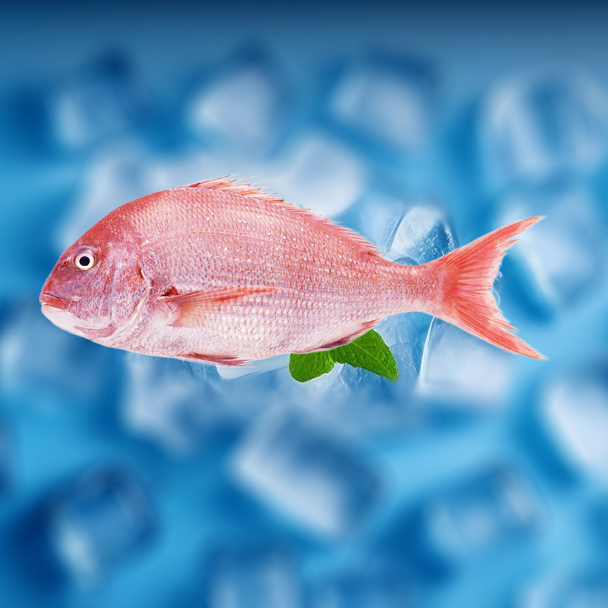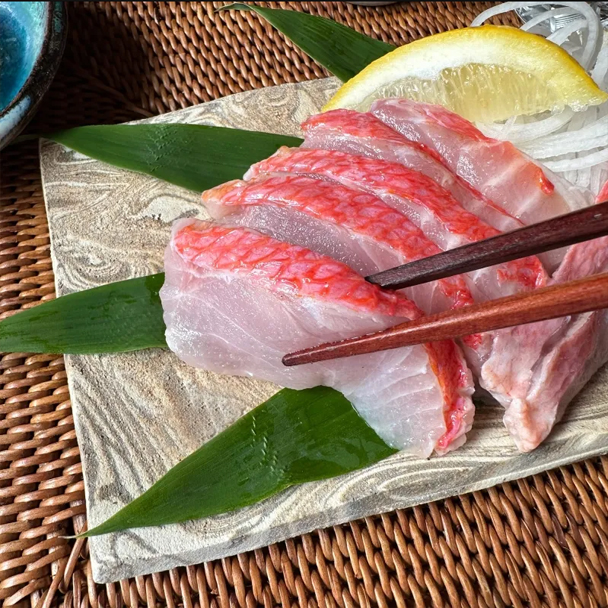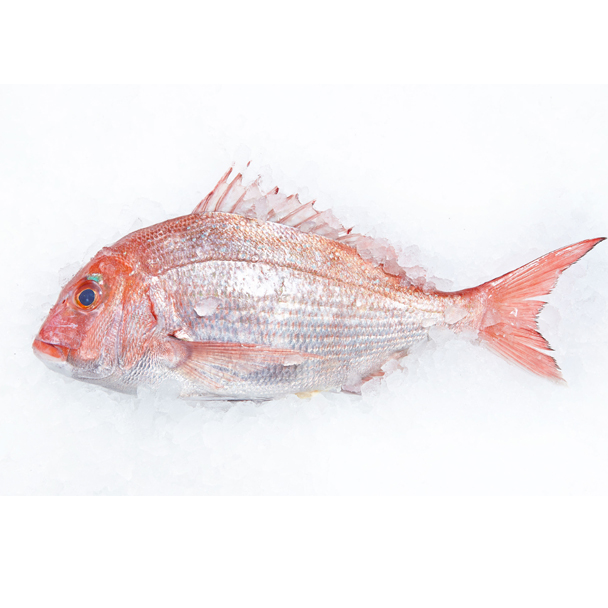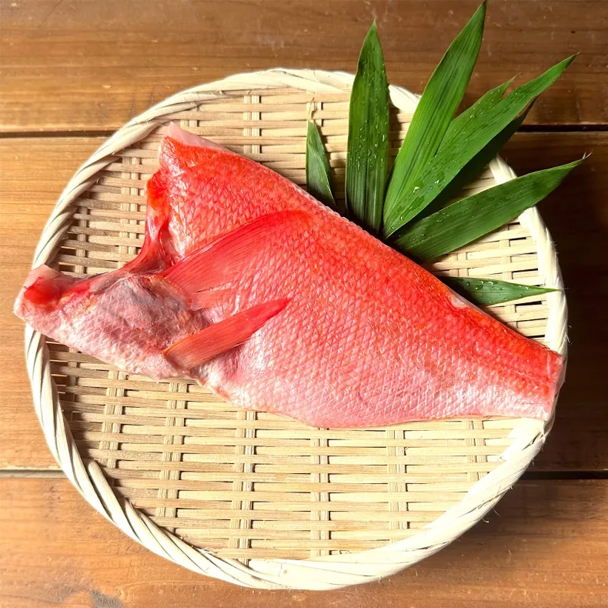








Red snapper (Pagrus major), also known as true snapper, belongs to the family Sparidae. It is an important marine species widely distributed in the northwest Pacific, particularly along the coasts of Japan, East China Sea, Yellow Sea, and the Korean Peninsula. Red snapper is a relatively large fish, with adult individuals reaching lengths of over 50 cm. It is typically bright red or pink in color, with a deep red back and lighter belly. Its dorsal and anal fins have sharp spines, and the tail fin is deeply forked.
As a carnivorous fish, the red snapper mainly feeds on small fish, crustaceans, and mollusks. It grows slowly and has significant economic value during its breeding period, making it a key species in both wild fishing and aquaculture. The red snapper is highly adaptable and can be found at varying depths, from shallow waters to depths of 200 meters.
The flesh of red snapper is delicate, flavorful, and rich in high-quality protein, Omega-3 fatty acids, and various micronutrients. It is highly sought after as a premium ingredient, especially in Japan, where it is considered auspicious and a symbol of good fortune. In Japanese cuisine, red snapper is commonly used for sashimi, sushi, steaming, braising, and salt-grilling. Sashimi and sushi are particularly popular, with its tender texture and sweet flavor being its standout qualities.
